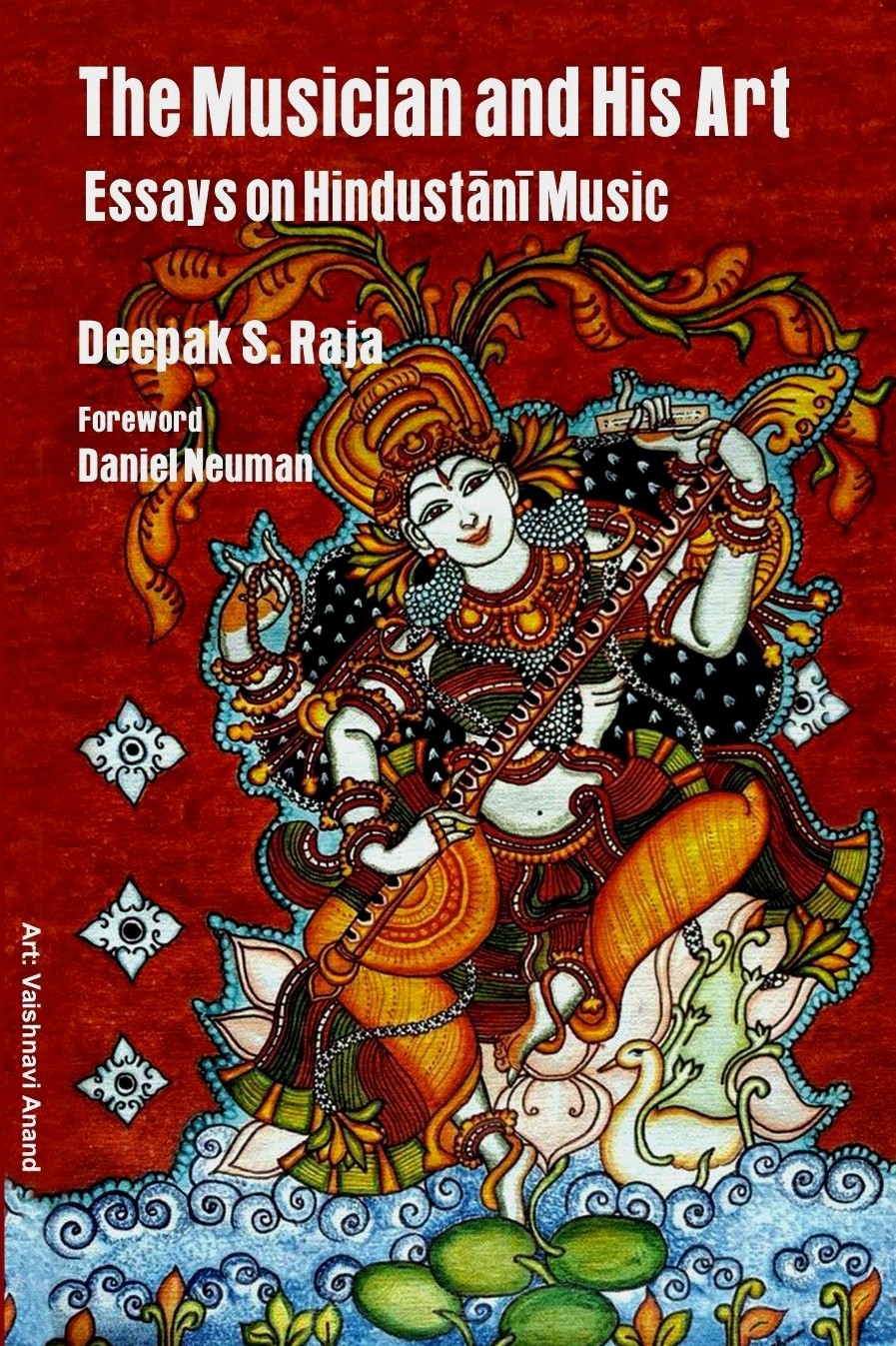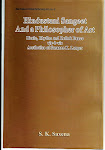Multani is amongst the popular afternoon ragas in the Hindustani system. It is classified under the Todi parent scale. The raga is prescribed for performance during the last three- hour period before sunset. The raga is pentatonic in the ascent and heptatonic in the descent. In the tone material, Ni is Shuddha [natural], Re, Ga and Dh are komal [flat], and Ma is tivra [sharp].
Ascent: N. S g M^ P N S'
Descent: S' N d P M^ g r S.
Chalan: [Skeletal phraseology]
N. S g S r S/ S g M^/ M^ g M^ g/ M^ P/ M^ g M^ P N/ P N S'/ N S' d P/ M^ P g M^ g/ S g M^ P g/ M^ g S r N./ N. S M^ g /S r S
The melodic signature of the raga [Pakar] is S g M^ P M^g M^g / S r S, with the repetitive oscillation on the Pa to [komal] Ga transition touching [tivra] Ma along the path, and the special treatment of [komal] Re.
The raga's scale base is at the lower-octave Ni, and its centre of melodic gravity lies in the lower tetrachord. The primary dominant tone [Vadi] of the raga is Pa, and the secondary dominant [Samvadi] is base-Sa. The permitted melodic foci for phrasing are Sa, Pa, and Ni. The raga is exposed to the risk of confusion with Todi if Re, Ga or Dh are permitted prominence in its treatment. The raga does, however, require a significant deployment of Ga in association with [tivra] Ma. The repetitive oscillation of the Ma-Ga transition in the descent is considered one of the signatory melodic features of the raga.
There is something special about the treatment of the Re and Dh tones in this raga. There are also views on the treatment of Ma and Ga. According to Manikbuwa Thakurdas, a scholar-musician of the Gwalior gharana, the raga deploys suppressed shrutis [microtones] of Re and Dh. [Raga Darshan, Vol.II, First edition. 1988, Krishna Brothers, Ajmer]. Omkarnath Thakur, another scholar-musician from the same gharana believes that the Re and Ga of Multani are intended to be a trifle sharper than the standard komal [flat] frequencies, as also the tivra [sharp] Ma.[Sangitanjali, Vol. IV. Second edition. 1997, Omkarnath Thakur Memorial Estate, Bombay]
In contemporary practice, and in the renderings of maestros, it has been observed that the deployment of Dh and Re in the descent tends to be circumspect, if not subliminal, thus giving the raga the suggestion of pentatonic starkness even in the descent. The special treatment of Re and Dh tones makes Multani a profound raga, and a challenge to musicianship. This might explain why, despite the raga's popularity, truly memorable recordings of it are few.
Multani has been associated with the sentiments of romance and pathos. Based on the two recordings of the raga that have made a deep impact on me - one by Hirabai Barodekar [ECLP:2275] and the second, a concert recording of Ustad Ameer Khan, I have come to view Multani as a raga not merely of pathos, but of a debilitating oppressiveness.
Although the tradition does not refer to Multani as a seasonal raga, I associate this raga, in a very personal way, with the oppressive afternoon heat of May in the Indo-Gangetic plains. The very special treatment of the Re and Dh tones in this raga suggest to me the virtual wilting of the body and the mind under the remorseless tyranny of the North Indian summer. Interestingly, and though this need not form the basis for a definitive perspective on the raga's emotional flavour, I have found considerable sympathy for this view amongst friends from the West who have lived and studied long enough in India to internalize the spirit of Hindustani music.
Deepak S. Raja
(c) India Archive Music Ltd., producers of the finest recordings of Raga Multani




